
Vision Inspection Systems
Automated quality control of print, labels & packaging
METTLER TOLEDO vision inspection systems for automated quality control of product labeling and packaging in industries such as cosmetics, baby food, petroleum and pharmaceutical production. Vision systems also detect irregularities, debris, functional flaws and printing errors on product packaging and removes them from the production line.
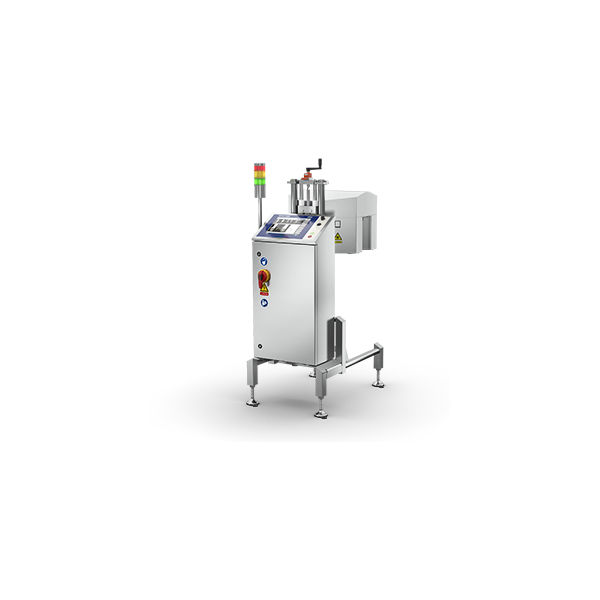
V15 Label Inspection 360° System
This space-saving solution detects label data and quality defects on round products. Six image sensors are enclosed in a compact design that can easily be installed over existing conveyors. The V15 can be extended with top and bottom cameras.
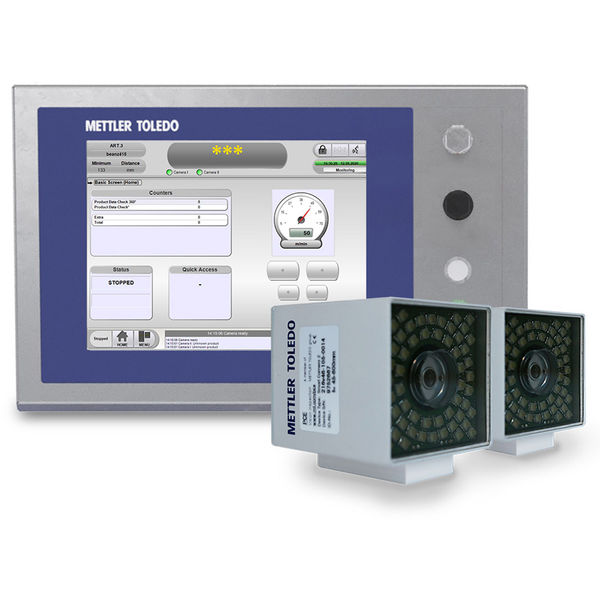
V11 Label Inspection System
This flexible label inspection solution reliably inspects oriented products from the sides or top for label data and quality defects. It can be easily integrated into existing production lines utilizing smart cameras, lighting, and software.
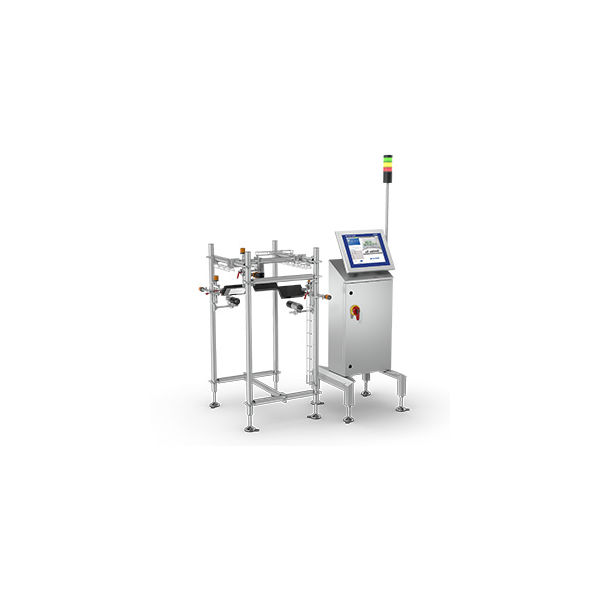
V31 Vision Inspection System
Advanced package and label inspection of oriented products. The flexible system includes a rapid installation frame and product tracking for support of up to six cameras, and customized lighting.
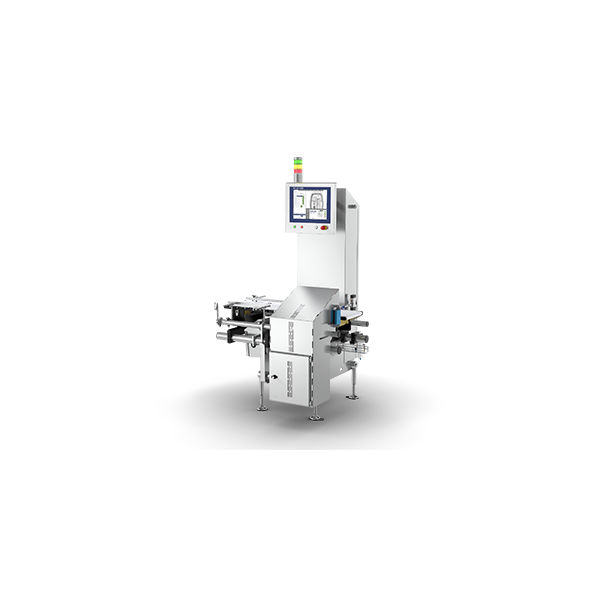
V33 Flat Pack Vision Inspection System
Advanced bottom inspection of a variety of packages. The system supports customized lighting and can be extended with top cameras for further applications such as seal contamination inspection.
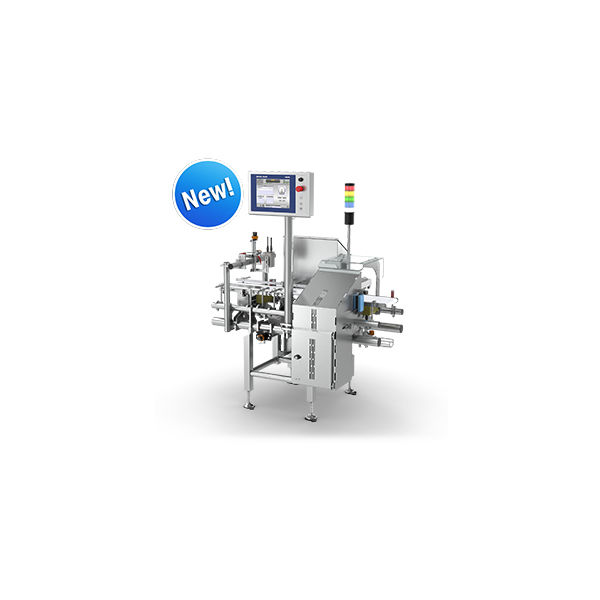
V13 Flatpack Label Inspection System
This solution carries out reliable label inspection from the bottom up to inspect labels on the underside of flat packs. The stand-alone solution offers configurable material handling options and can be extended with top and side smart cameras.
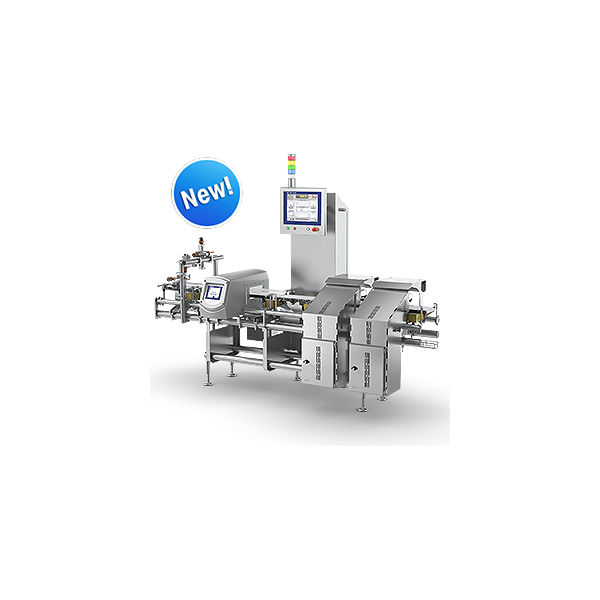
CMV Combination
This powerful critical control point delivers metal detection, weight control, and label inspection in one, fully integrated and space-saving device. With full configuration flexibility, this system can be designed to match your application needs.
Maximize Your Return on Investment by Ensuring Professional Installation and Right Care Package
Maximize Your Return on Investment by Ensuring Professional Installation and Right Care Package
الدعم عن بُعد الجديد
الحفاظ على استمرارية عملياتك الإنتاجية
بالإضافة إلى الدعم الفني الحالي عبر الهاتف على مدار الساعة طوال أيام الأسبوع، نقدم أحدث دعم للخدمة عن بُعد باستخدام تقنية الواقع المعزز (AR). وهذا يتيح لنا تقديم دعم الخبراء السريع الذي تحتاجه لتحقيق أهدافك الإنتاجية.
كما يساعدنا حل المساعدة المرئية عن بُعد المعزز شبه الحقيقي من METTLER TOLEDO على فهم مشاكل الصيانة التي تواجهك بصورة تامة. يمكننا رؤية ما تراه تمامًا باستخدام جهاز محمول يحتوي على كاميرا مدمجة. ويمكننا إرشادك خطوة بخطوة لحل المشكلة من خلال تقديم المساعدة السياقية الفورية، مثل إضافة النصوص، أو الرسومات، أو تمييز العناصر بأدوات تحديد ثلاثية الأبعاد. استفد من أسرع عمليات تشخيص الأعطال، ودعم الإصلاح واستبدال قطع الغيار باستخدام أحدث التقنيات. كما يمكننا الاتصال عن بعد ببعض منتجاتنا لزيادة تحسينات الصيانة. يُرجى الاتصال بفريق الصيانة المحلي لديك للاطلاع على المزيد من التفاصيل.
استكشف خدماتنا
وقت التشغيل. الدعم والإصلاح
الأداء. الصيانة والتحسين
التوافق. المعايرة والجودة
الخبرة. التدريب والمشورة
FAQs
What is a vision inspection system?
Vision inspection systems (also known as machine vision systems) are automated quality inspection machines equipped with cameras and sophisticated software and are designed to visually inspect for defects and errors on products during production. These systems take multiple pictures of packages while on the production line, and compare against pre-set "ideal" image stored in software memory. Any products that don't meet the quality expectations can then be rejected from the line for rework or disposal.
Some ways vision inspection systems are used:
- Label inspection verification - check that labels are undamaged and contain the required and correct information.
- Lid and seal inspection - protect product quality using jar and bottle inspection and seal inspection systems to monitor product closure and seal of lids or caps.
- Printed information quality checks - print inspection systems monitor the printed content on packages and labels for inaccuracies in ingredients, expiration dates, or barcode inspection.
What are the components that make up a vision inspection system?
There are a number of different elements that make up the fundamental building blocks of the typical industrial vision inspection system. Some of the most common components in machine vision systems are:
- Cameras - PC-based or smart cameras
- Lights – used to illuminate the product packaging to achieve the best image quality
- Framing & Brackets – used to hold the lights and camera in place for accurate imaging
- HMI (Human Machine Interface) – a touch screen monitor and computer enclosure containing the software tools used to set parameters for inspection
- Enclosures – used with some vision inspection systems to minimize outside light or to protect delicate equipment in harsh washdown environments
- Additional equipment (i.e. conveyor, side grips, tracking modules) - integrated into the system depending upon the production line setup
Why do I need a vision inspection system in manufacturing?
Inspection of product packaging is critical for confidence that products are safely and correctly packaged before received by the end consumer. Vision inspection systems help manufacturers to:
- Minimize package and label quality defects
- Protect customers, and protect the brand reputation
- Support adherence to industry best practice guidelines and industry standards
- Mitigate the risk and impact of product recalls and returns
Investment in a quality vision inspection system will pay off over time. By eliminating the risk of label mix-ups, printed inaccuracies on products and labels, and the associated costs resulting from mistakes, you can reduce your risk of product recalls, fines and production rework. Vision inspection can pay for itself when factoring in your Return on Investment (ROI)!
Where are industrial vision inspection systems used?
Industrial vision inspection systems (or industrial machine vision systems) are used in manufacturing industries to monitor the quality and accuracy of packaging and labels.
Some industries which use industrial vision inspection are:
- Food and Beverage - Food and beverage quality inspection programs can include vision inspection systems to check that labels and packages contain the correct printed information (such as expiration dates and allergens).
- Pharmaceutical - Vision inspection systems can be used for quality inspection in the pharmaceutical industry to monitor the correctness of dates, package quality, printed text, and more.
- Cosmetics and Personal Care - Quality inspection of cosmetics is an important part of an overall quality control program. Vision systems can check that the correct labels are applied to the products, and can check for the presence of ingredient lists, printed instructions, and expiration dates.
- Chemical - Machine vision systems can be used for label and package quality inspection in the chemical industry for confidence that each package is correctly labeled with the presence of any dangerous ingredients, along with poison control instructions for accidental exposure.










